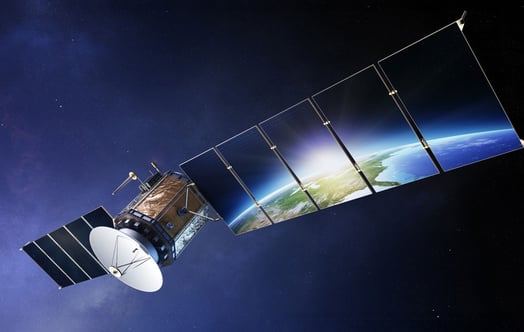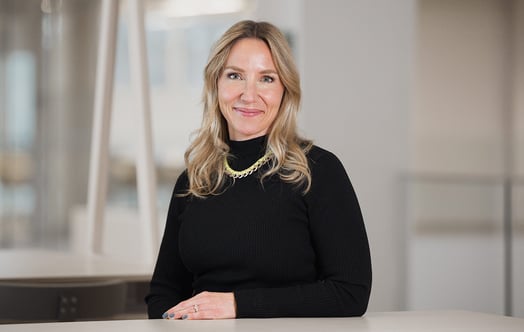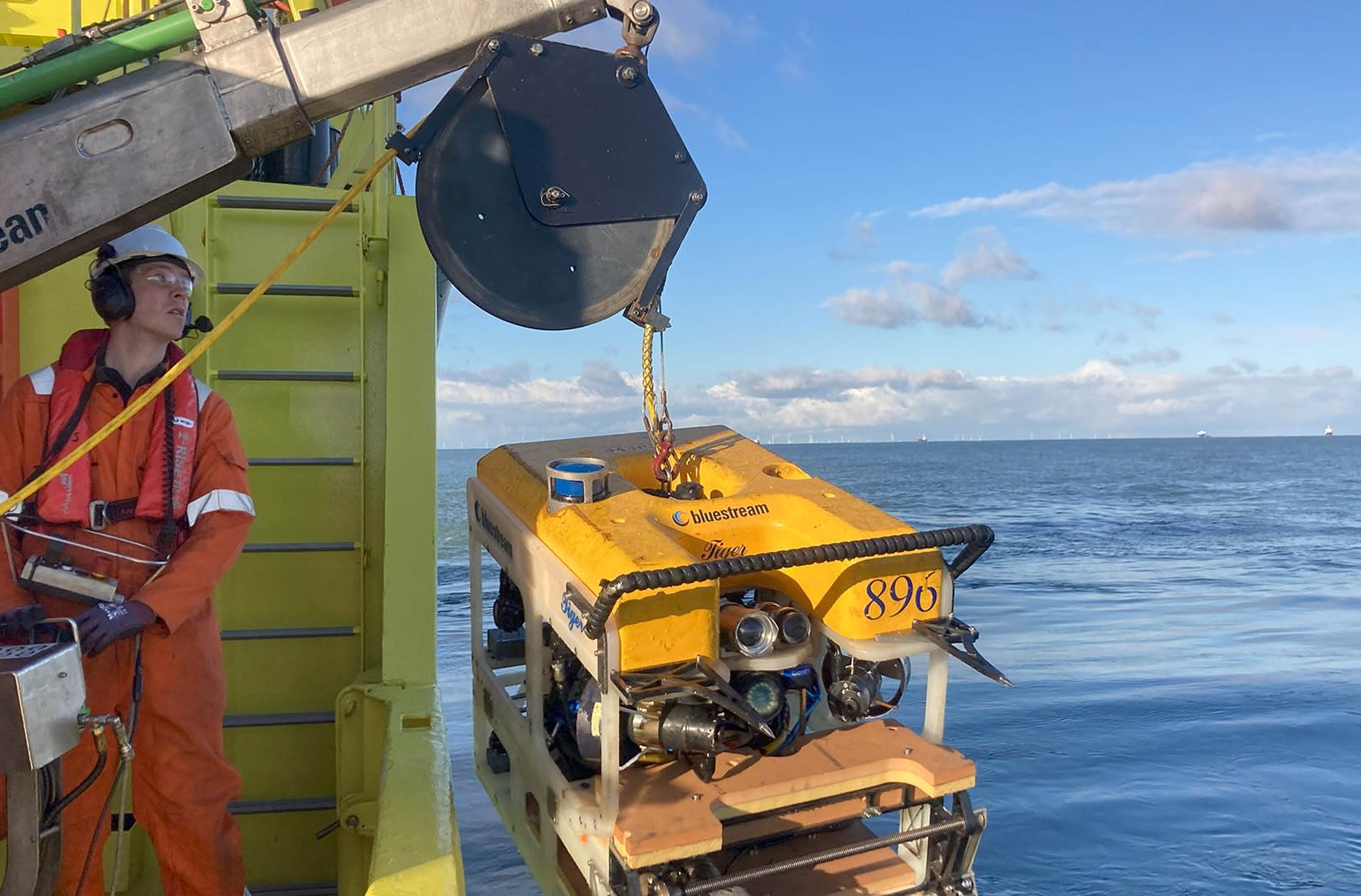
Surveying marine growth on offshore wind turbine foundations in the North Sea
There is no doubt that building offshore wind turbines affects marine life. But what exactly are the effects and what can we learn from them? To provide insight, a new remote-controlled tool has been designed to sample the biological growth on offshore wind turbine foundations.
To survey marine growth safely and efficiently on offshore wind turbine foundations in the North Sea, Bluestream collaborated with Wageningen Marine Research (WMR) to develop the remotely controlled Marine Growth Sampling Tool. In early stages, the foundation substrates are covered by algae and various sea creatures. Over time, the number of small sea creatures attaching to the substrate and the algae increases. Previously, this type of research was carried out by SCUBA divers, a method that has become increasingly difficult due to strict laws and regulations, health and safety rules, and the high costs associated with it.
Subscribe to our newsletter
Do you want to read more interesting stories on climate smart energy and sustainability?
Click here to subscribe to our monthly newsletter THE EDIT
Vattenfall was able to make one of the Hollandse Kust Zuid wind farm foundations available for the study due to the fact that in January 2022, during a storm, the Julietta D vessel collided with the wind turbine foundation that was under construction, rendering it unusable. The turbine was removed, but the foundation was left behind.
Marine life research
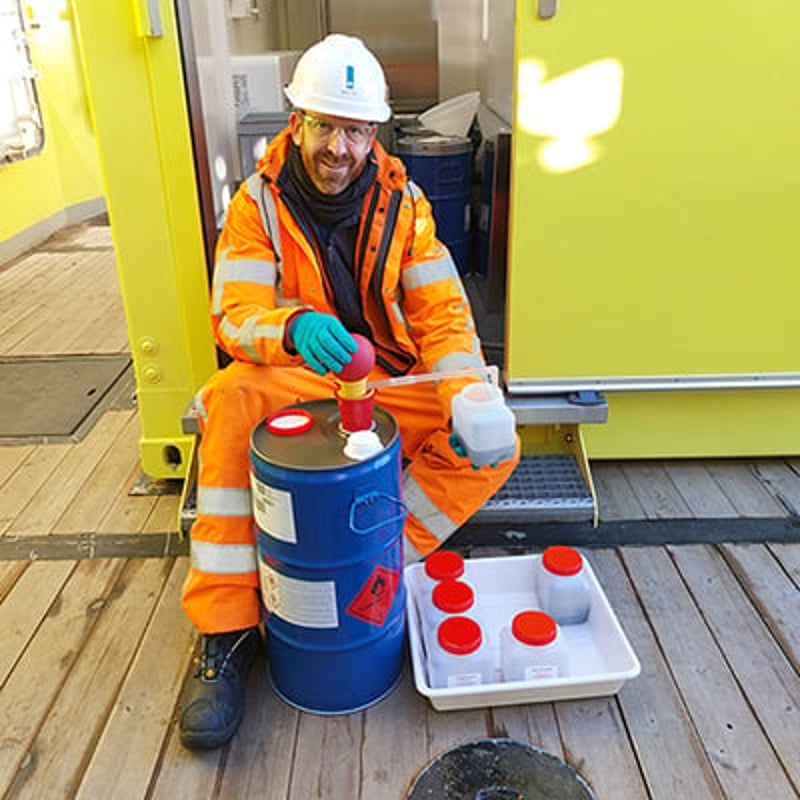
Joop Coolen, Wageningen Marine Research. Photo: Bruno Ibanez-Erquiaga.
Joop Coolen, researcher at WMR, explains why such research on marine life is necessary: “We investigate the composition of marine species on hard substrates, not only wrecks and stones lying on the bottom of the North Sea, but also gas platform and wind turbine foundations. Various species settle on hard surfaces rather than in sandy environments, leading to different biological processes. We strive to understand how these processes evolve over time and what their role is in the ecosystem, where living organisms interact with their non-living environment.”
Testing
“We did the first tests of the tool in our pool, but naturally, the main question was whether the tool would work offshore,” says Jan-Jelle Huizinga, R&D manager at Bluestream. With a vessel provided by Rijkswaterstaat, part of the Dutch Ministry of Infrastructure and Water Management, the real test could begin. “Out at sea, this allowed us to test the stability and positioning of the tool. It went better than expected,” he continued. “We still need to improve the net where the samples are collected as it’s not yet functioning ideally.”
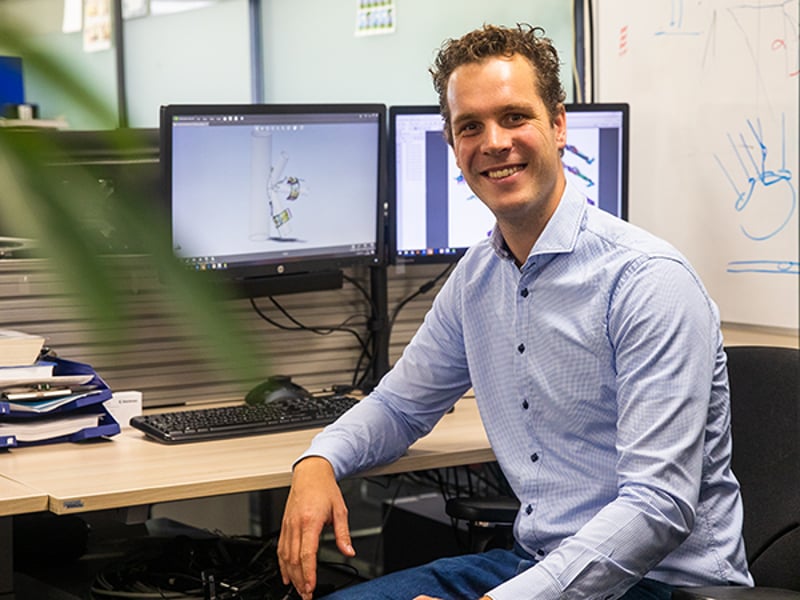
Jan-Jelle Huizinga, Bluestream. Photo: Bluestream.
For WMR, it is crucial that the tool consistently scrapes the same surface area in order to quantify the total marine growth on the foundation. For Vattenfall, it was crucial to ensure that the tool would not damage the foundation coating. Ultimately, the coating protects the steel of the foundation. “We agreed to test different scraping materials and examine the samples for coating residues,” Huizinga further says of the study. The tool was tested using different plastic scrapers (made of polyurethane to be precise) and a metal scraper. “The plastic scraper worked much better than expected and had a much lower risk of damaging the coating.”
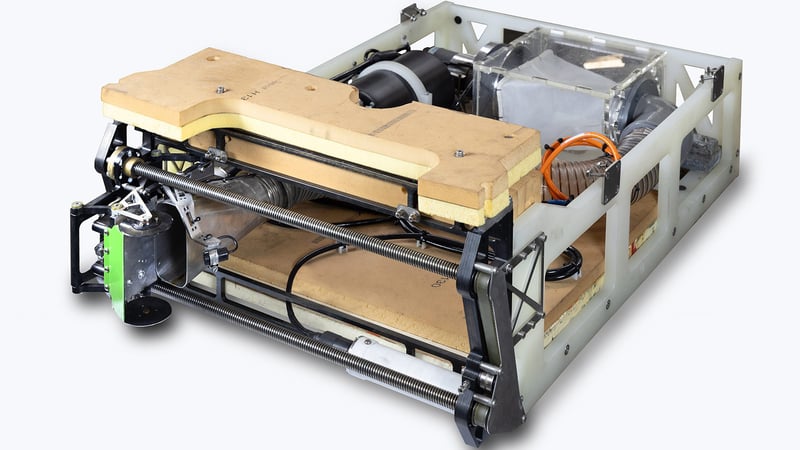
The Marine Growth Sampling Tool. Front left, the scraper in green and back right, the sieve that collects the fouling on the foundation. Photo: Bluestream.
WMR measured the number, length, and width of the coating particles found; however, as the lab was unable to measure the thickness of the small coating particles present in the samples, they are currently being subjected to further investigation. That said, very little coating residue was found, the size of which was less than 1/20,000th of the sampled area.
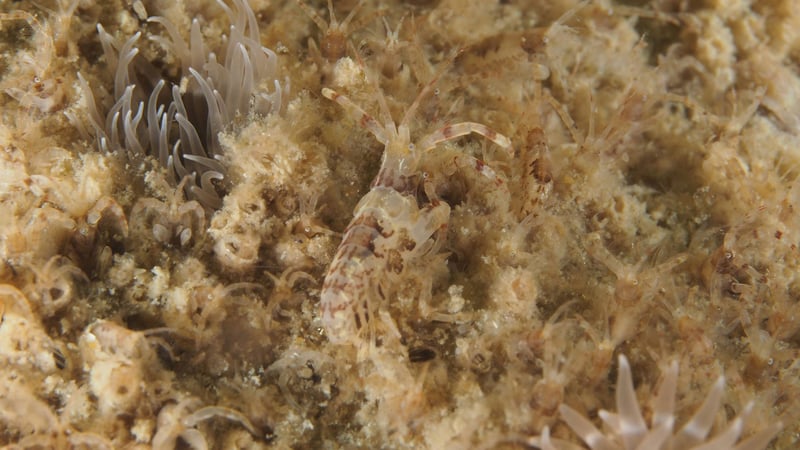
Fouling sample also occurring on wind turbine foundations containing small shrimp and anemones. Photo: Oscar Bos, Wageningen Marine Research.
Results
According to Coolen, the scraping tool exceeded expectations. “Of 25 tests, 21 were successful – a fantastic result.” What grew on the foundation was quite uniform and resembled samples he as a diver had taken from other foundations in the North Sea. The samples mostly contained amphipods, small shrimp-like creatures ranging from 0.5 to 20 millimetres. These covered almost the entire surface of the foundation, resulting in tens of thousands of individuals per square metre. Since the foundation has only been in place for a few years, the layer of marine growth was still relatively thin. In 10 to 20 years, many more, and completely different, creatures could be living there.
Applications for Vattenfall
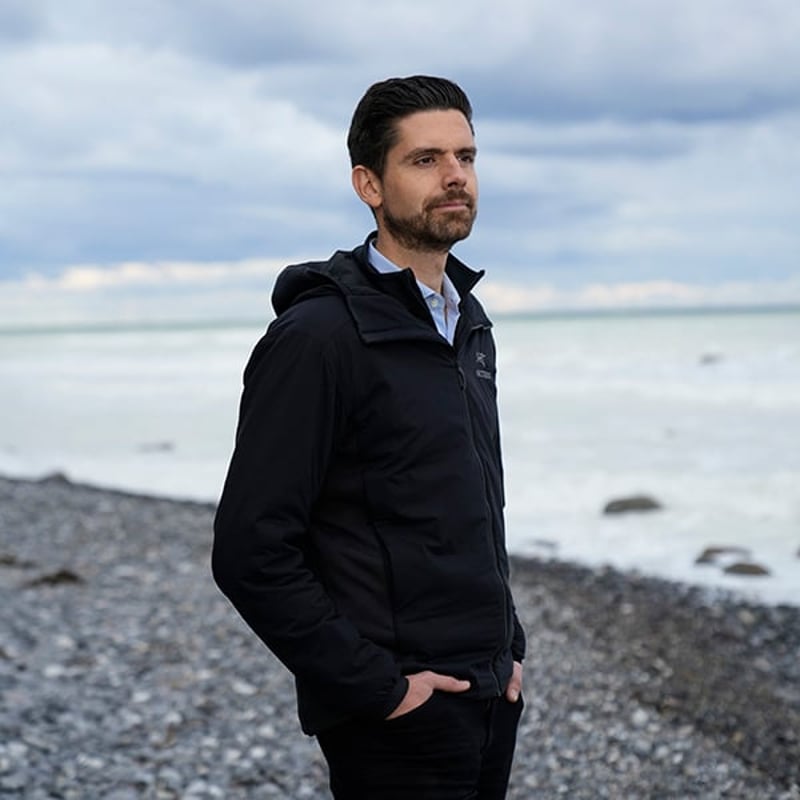
Tim Wilms, Vattenfall. Photo: 27 Kilometer Entertainment, Hamburg.
Tim Wilms is involved in testing the Marine Growth Sampling Tool as a marine ecologist at Vattenfall. In auction tenders for offshore wind farms in the Netherlands, topics such as sustainability and innovation are playing an increasingly significant role. “We want to minimise the environmental impact of offshore wind farms. Wherever possible, we strive to have a positive impact on the marine environment. With studies like this, we better understand marine growth on turbine foundations as well as what we need to consider when building them. This new tool provides a standardised process that can be repeated at different depths and locations, providing a reliable method for comparing different wind farms.” In addition to the species composition, Wilms is interested in the thickness and weight of the growth on the turbine foundations. “Marine growth measurements are important to enable our technical specialists to improve their load calculations for offshore structures such as foundations and floating structure mooring lines, and of the amount of material to be used in constructing the foundations. Measurements gathered throughout a wind farm’s lifespan are also increasingly used to assess potential extensions of its operational phase, so it is important to develop a reliable and standardised method.”
New research
The project was completed earlier this year, and the results have been made public. In a subsequent study, Bluestream and WMR will develop a tool that can collect samples from the scour protection layers that protect the seabed from erosion.
Read also:
Joop Coolen, Jan-Jelle Huizinga et al. Marine growth sampling tool evaluation. 2025 Wageningen Marine Research
Enzo Kingma et al. Innovations in marine biodiversity monitoring using small unmanned underwater vehicles: ROVs & AUVs. 2025. WMR
Picture above article: Jan-Jelle Huizinga lowers the Marine Growth Sampling Tool into the North Sea. Photo: Joop Coolen, Wageningen Marine Research.

